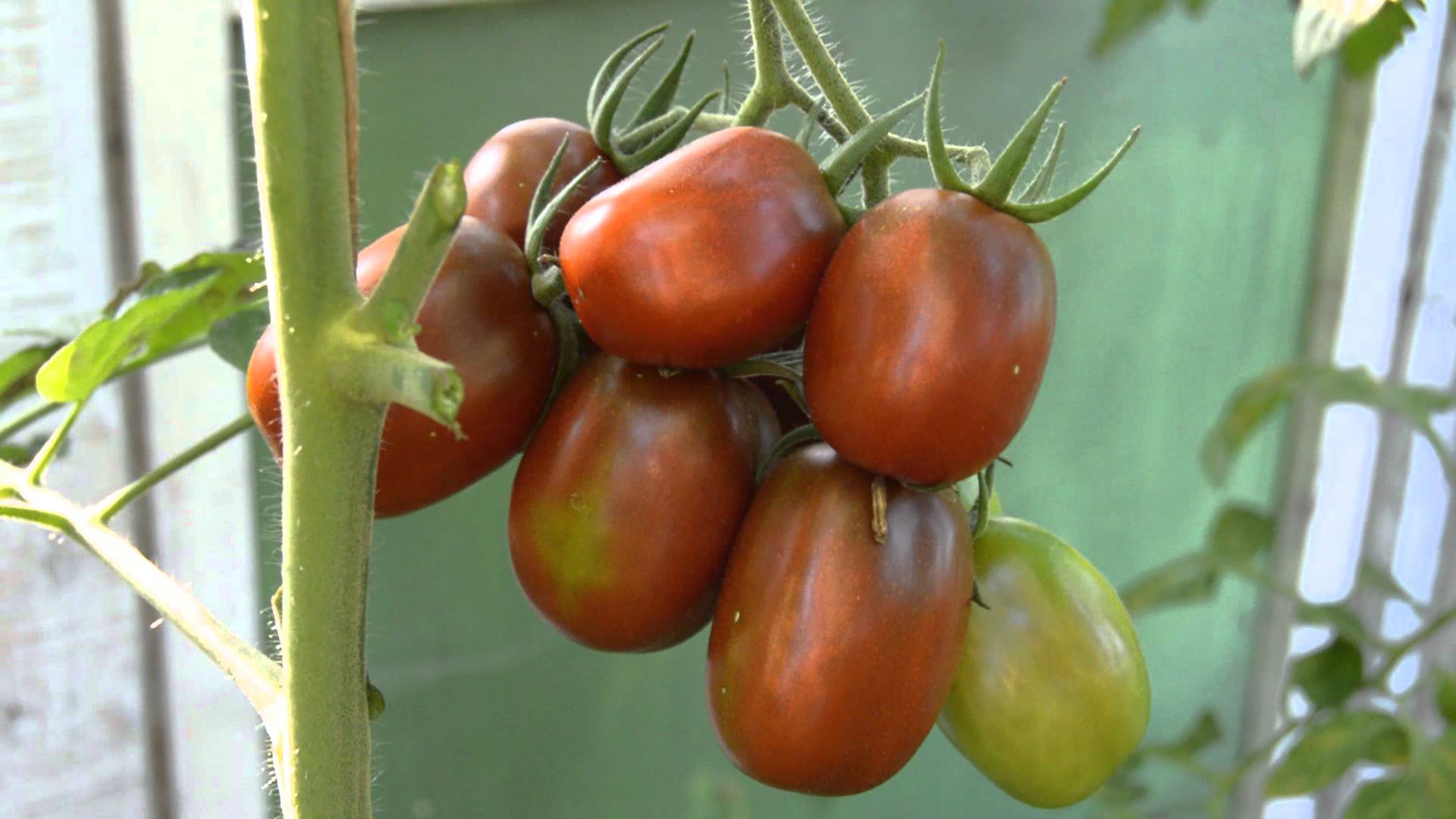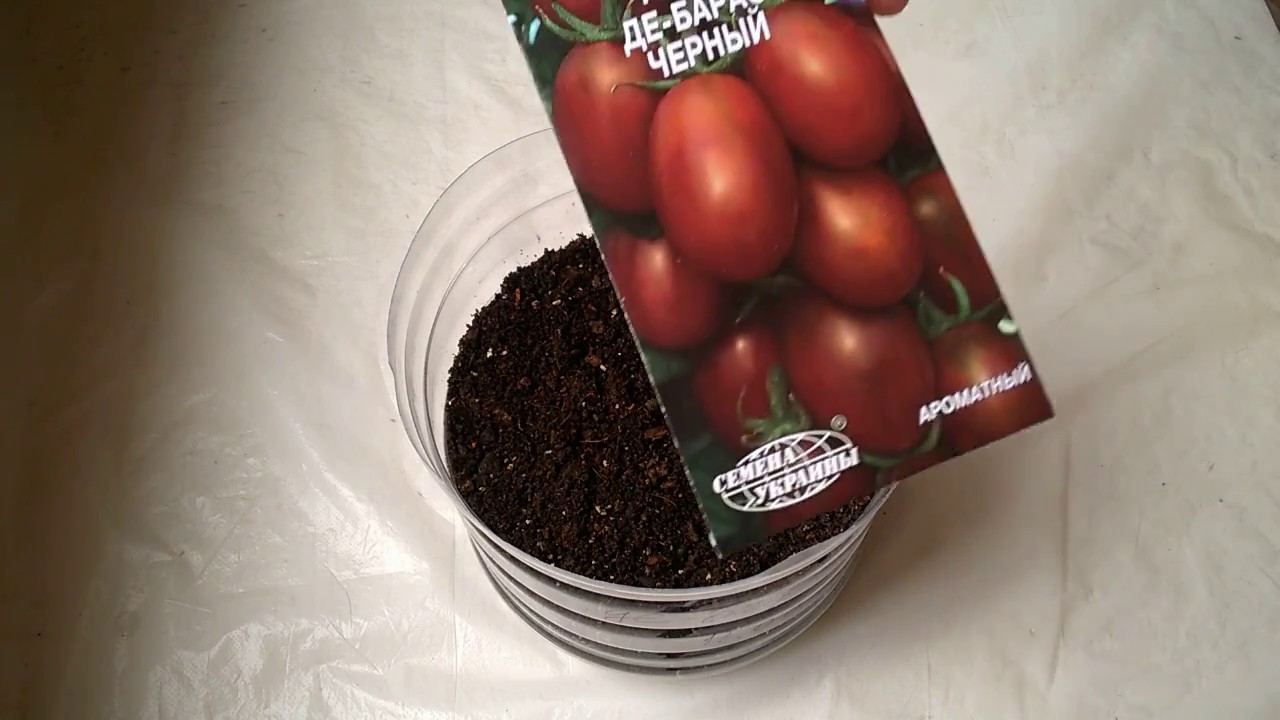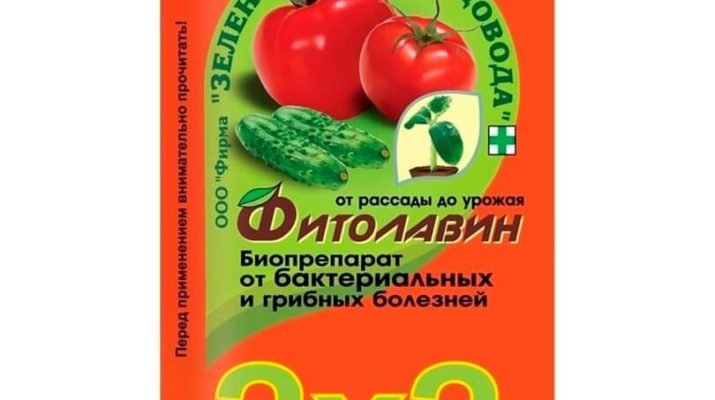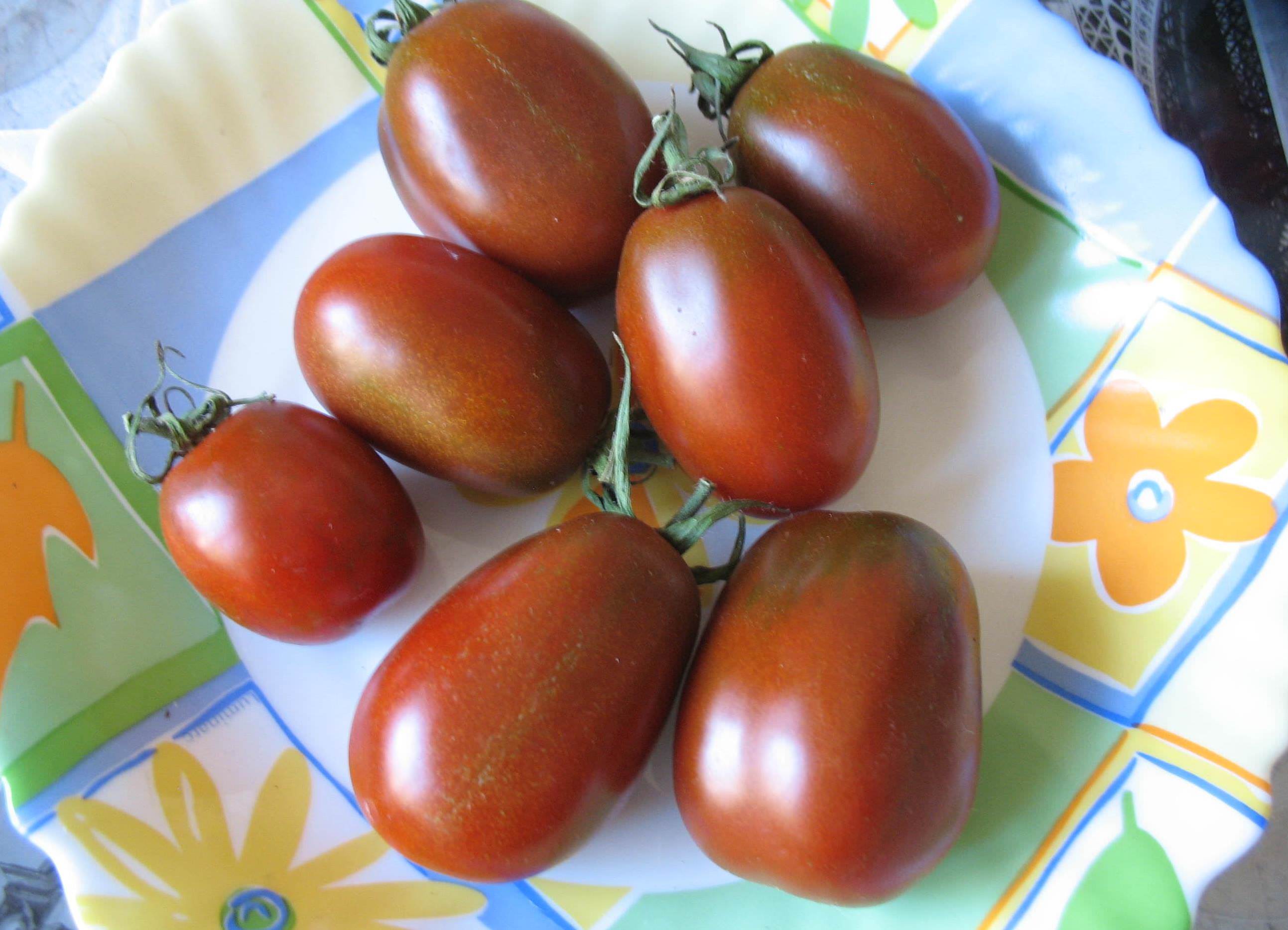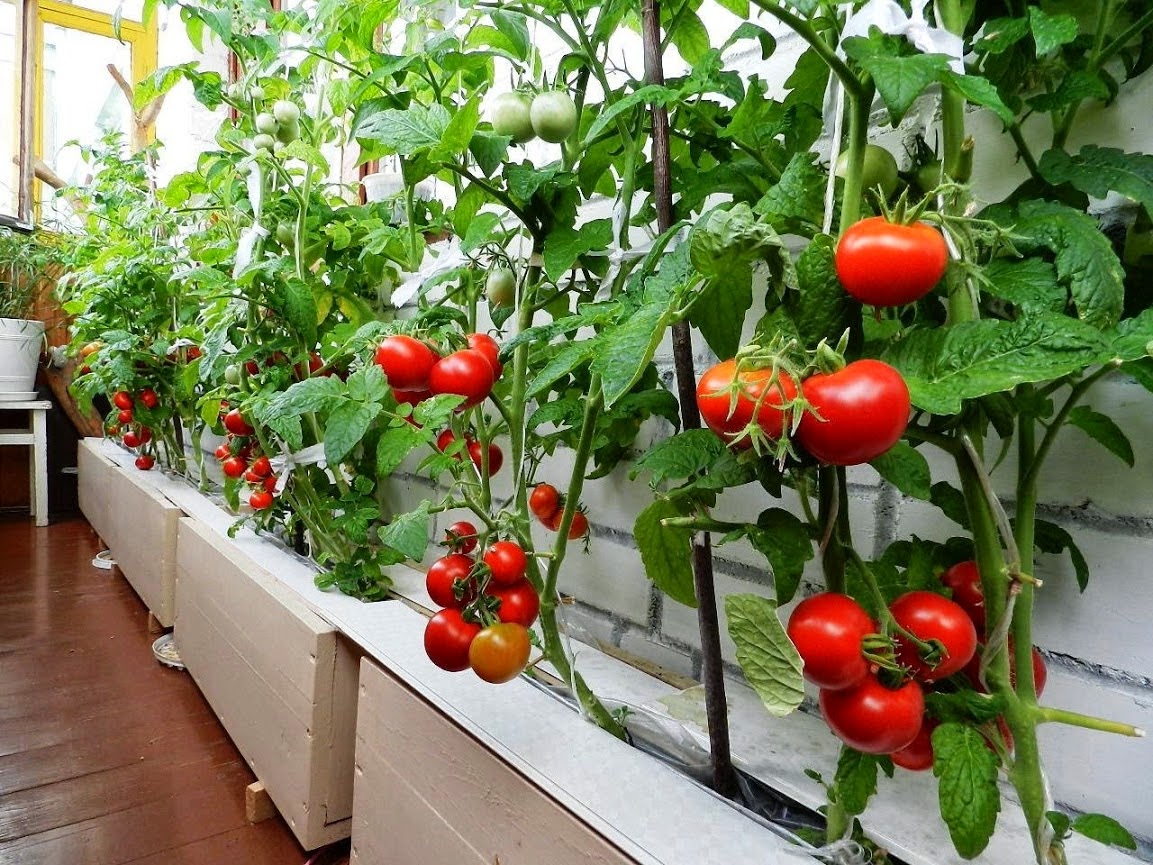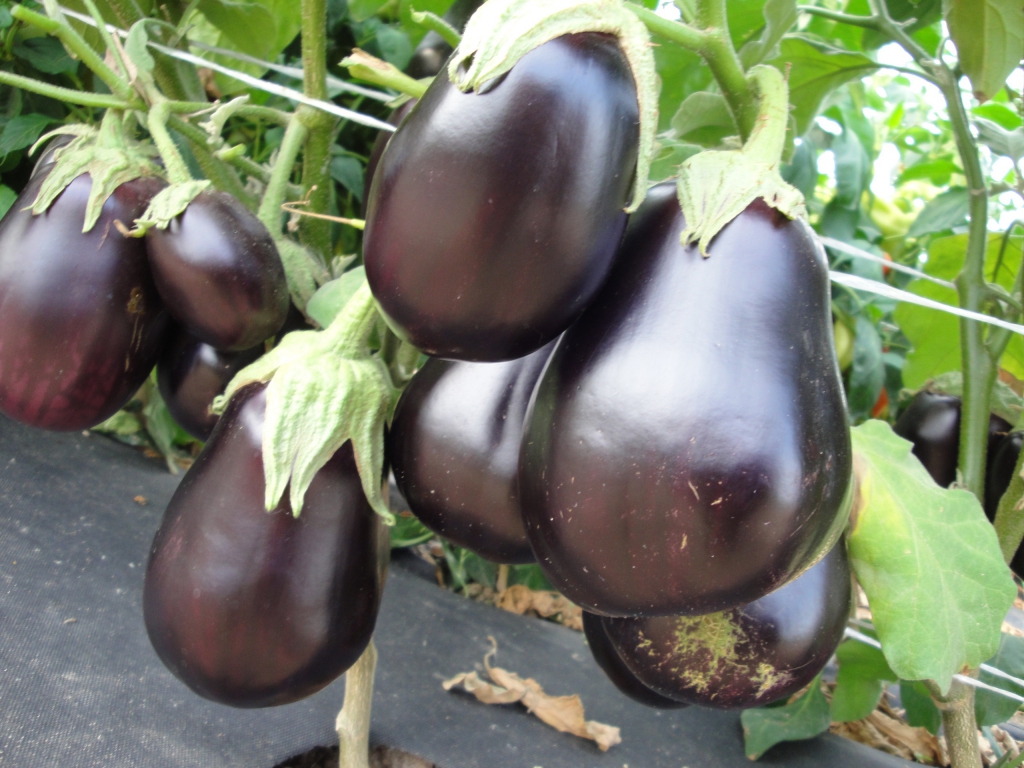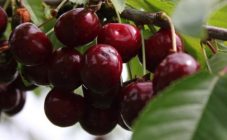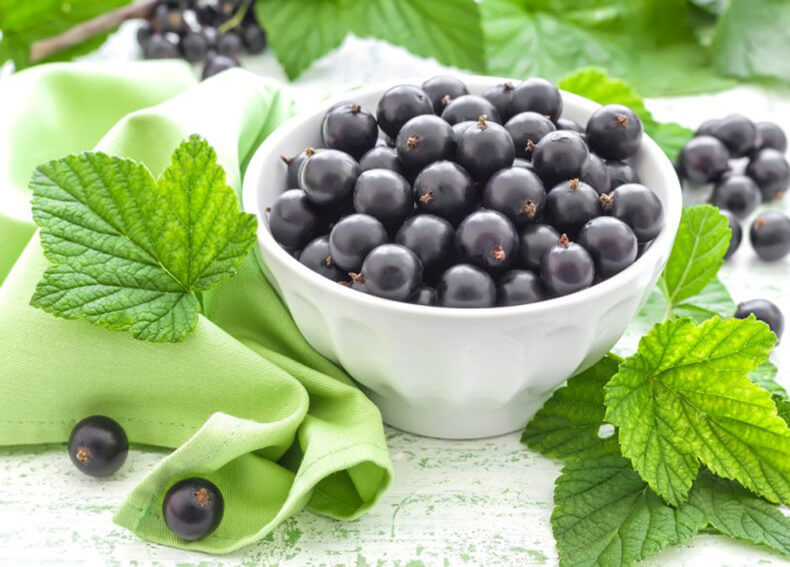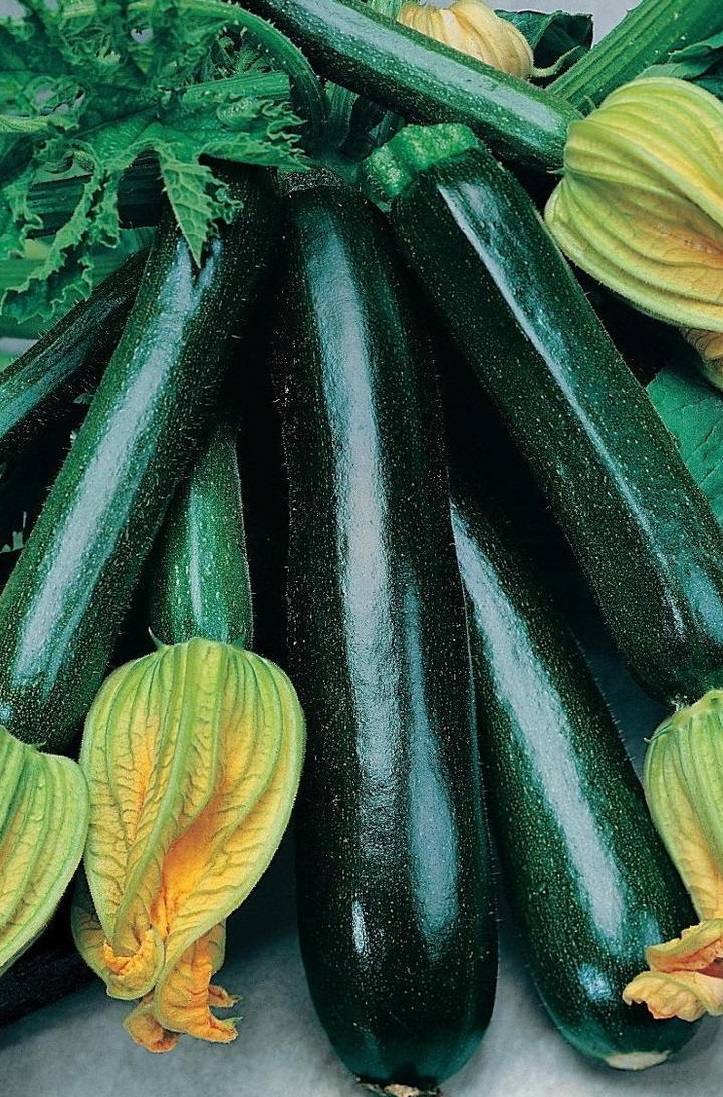Content:
The de Barao tomato variety came to us from distant Brazil back in the mid-90s. It spread rapidly throughout the country: from the southern, central regions, the Moscow region and to the Urals. He received respect and good reviews from gardeners and farmers. A few years later, in 1997, the de Barao tomato was entered in the State Register as a variety intended for cultivation in a greenhouse.
After 20 years, breeders have bred several varieties of de Barao, which amaze the imagination and delight the eye with their brightness and variety. Red, pink, orange, gold, black tomatoes are well known and officially registered. New species also take root well: yellow, crimson, royal, tiger giants.
One of the brightest representatives of this variety is the black de Barao tomato. Its positive qualities deserve a detailed description.
Characteristics and description of tomato
The very name of the variety de Barao black translates as "black baron", indicates its main feature - an exotic color. The color of the fruit is chocolate with a dark cherry or purple hue.
Main characteristics of black Debarau tomato:
- Late-ripening variety - fruit ripening occurs approximately 120 days after germination of seedlings;
- The plant is not standard, indeterminate - it is characterized by unlimited growth. In comfortable conditions, the bush can reach gigantic sizes - more than three meters;
- It is intended for cultivation in greenhouse conditions, but under good climatic conditions it may well grow in open ground;
- Requires pinching and pinching;
- High yield - subject to close care, it reaches 8 kg from one bush;
- Good resistance to pests and diseases;
- Correct development, both in a sunny and shaded place;
- Intense tomato flavor with a sweetish undertone;
- Adapted for transportation and long-term storage.
Description of Debarau black tomato:
- High bushes (3-3.5 m);
- Leaves are dark green in color, medium in size;
- The inflorescence is simple, formed with 9-10 leaves. About 10 tomatoes develop on one brush;
- Fruits are dark cherry, brown; medium size - 50-60 g, egg-shaped (cream), smooth;
- The skin is dense, does not crack, the tomato is divided into 2-3 chambers;
- The pulp is fleshy, juicy, the dry matter content reaches 6%.
Due to its extraordinary color and tomato flavor, de Bordeaux black tomato has universal application. It is used raw, dried, stewed, frozen, and various salads and sauces are made. Children like this pleasant sweetness, and due to its small size and dense skin, the tomato is excellent for canning and salting. Probably the only thing for which the fruit is rarely used is the production of tomato juice. Due to the fleshy pulp, the juice yield is small.
Another positive feature of the Debarau black tomato variety is that tomatoes can be harvested in a state of technical maturity (not quite ripe). They will gradually mature on their own. This is especially appreciated for long-distance transport.
Agrotechnics and cultivation features
The process of growing and caring for de Barao tomatoes can be conditionally divided into several stages:
- Sowing seeds;
- Dive seedlings;
- Planting bushes;
- Tomato care;
- Pest and disease control.
Sowing seeds
Sowing and growing seedlings are one of the main stages in the tomato growth process. The future harvest largely depends on the quality of the pagons. Sowing is carried out in March (preferably before the middle of the month).
The next step is seed preparation. If the selected seeds are covered with a special colored shell, they can be sown immediately - they have already been processed, and the coating includes a complex of substances necessary for good growth. If the seeds are not processed, they should be placed in a weak solution of potassium permanganate for several hours. This action speeds up the germination process and reduces the risk of pagon disease.
In slightly moistened soil, shallow grooves are made at a distance of 4-5 cm. Seeds are sown, lightly covered and tamped. Covered from above with a film (glass can be used) to obtain a greenhouse effect. When the first shoots appear, the film must be removed. Seedlings are irrigated by spraying.
Dive seedlings
In the period when 4 leaves appear, you can start the process of transplanting the pagons into separate containers. For the correct further growth of tomatoes, you need to pay attention to the conditions for their cultivation:
- Good lighting;
- Stable temperature (about 20 degrees);
- Timely spraying;
- Good ventilation.
As the seedlings grow, hardening of tomatoes begins - the bushes are taken out into the fresh air.
Transplanting
When the height of the seedlings reaches 30 cm, and its root system is well developed, you can start planting seedlings in the garden.
When choosing a planting site, you need to take into account that tomatoes grow well after cabbage, cucumbers, onions, beets. It is not recommended to plant bushes in place of potatoes or eggplants. In addition, you should not plant tomatoes in the same place for two seasons in a row, you need to take a break.
Another feature of de Barao tomato is that it grows well in the open field. But, due to its high growth, it needs support. It is for this reason that this variety of tomatoes is best planted in a greenhouse or along the walls of the house. If the decision is made to plant in open ground, you need to take care of the support.
The garden bed is fertilized with humus, ash and dug up. Small holes are made at the rate of 4 pagon per square meter. Water is poured into the holes (preferably settled), and a bush is planted, which is better to immediately tie up.
Tomato care
At this stage, tomatoes need regular watering (once a week). You need to water gently at the root or use drip irrigation. It should be borne in mind that excessive moisture leads to various diseases of the bushes.
After the appearance of the first fruits, you need to start pinching - removing the stepsons. One or two main stems remain. When the tomato grows, a large number of brushes will appear, pinching is carried out - excess inflorescences are removed. Do not forget to tear off the lower leaves - this way you can avoid the development of many diseases.
Tomatoes respond well to feeding. The most common are phosphorus and potash. They can be carried out 2-3 times per season. When the flowering period begins, treatment with a boric acid solution is carried out.
Pest and disease control
De Barao tomatoes are immune to most diseases. But several diseases can jeopardize future crops:
- Black bacterial spot, Fitolavin is used in the fight;
- Top rot. A solution of calcium nitrate is used.
Of the pests, Colorado beetles (Antizhuk, Prestige), slugs (mustard solution) can be dangerous.
Advantages and disadvantages
The black de Barao tomato has earned its good reputation with positive qualities:
- Unusual coloring;
- Intense tomato flavor;
- Universal application;
- Disease resistance;
- Good keeping quality and suitability for transportation;
- High productivity;
- Unpretentiousness to the place of cultivation.
Despite such a number of advantages, some disadvantages of this variety must also be taken into account:
- High growth;
- Thorough care:
- Late ripening;
- Poor getting along with other varieties.
The process of growing de Barao black tomatoes is not the easiest. It requires patience, attentiveness, hard work and some knowledge. But the result is worth the effort. Exotic fruits will delight you with their bright taste and unusual color.
